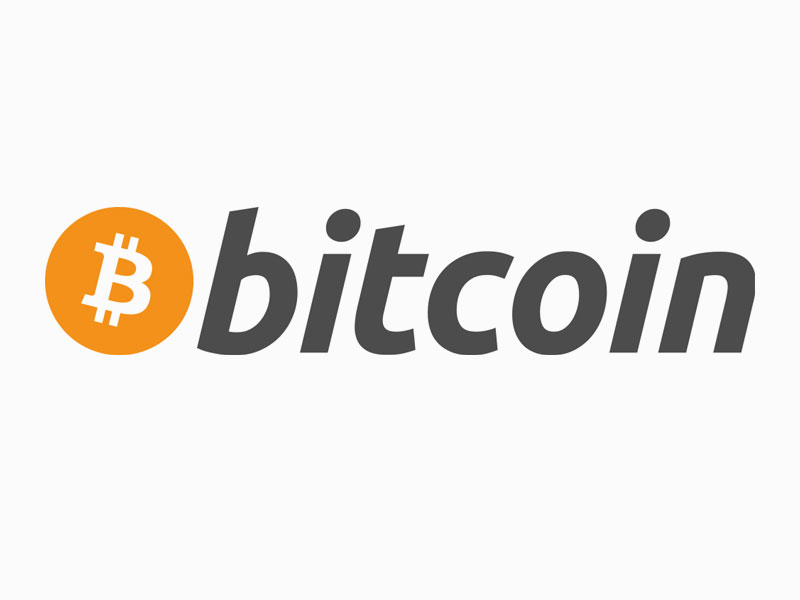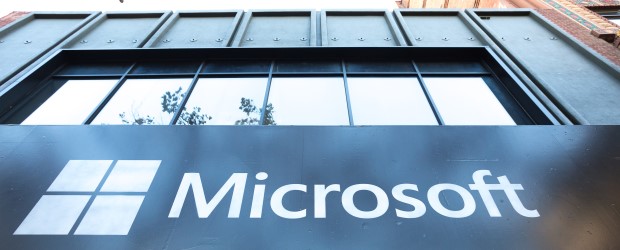Unless you’ve been living under a rock for the last couple of years, you’ve probably heard of Bitcoin—the game-changing digital currency used by millions worldwide.
But Bitcoin isn’t just another way to buy stuff. It’s an anonymous, revolutionary, cryptographically secure currency that functions without the oversight of a central authority or government. If you want to get into the Bitcoin game but find yourself a little confused, these series of articles in Bitcoin for the Befuddled may be just what you’re looking for. Learn what Bitcoin is; how it works; and how to acquire, store, and spend bitcoins safely and securely.
You’ll also learn:
- Bitcoin’s underlying cryptographic principles, and how bitcoins are created
- The history of Bitcoin and its potential impact on trade and commerce
- All about the blockchain, the public ledger of Bitcoin transactions
- How to choose a bitcoin wallet that’s safe and easy to use
- How to accept bitcoins as payment in your physical store or on your website
- Advanced topics, including Bitcoin mining and Bitcoin programming
In the simplest terms, Bitcoin is just another currency.
The term Bitcoin refers to the entire currency system, whereas bitcoins are the basic units of the currency.
As with dollars, euros, yen, and gold coins, you can save bitcoins, spend them on goods and services, and exchange them for other currencies. However, Bitcoin is the world’s first currency that is both digital and decentralized.
A digital currency is one that can be easily stored and used on a computer.
By this definition, even dollars can be considered a digital currency, since they can be easily sent to others or used to shop online, but their supply is controlled by a centralized bank organization. In contrast, gold coins are decentralized, meaning that no central authority controls the supply of gold in the world. In fact, anyone can dig for gold, create new coins, and distribute them. However, unlike digital currencies, it’s not easy to use gold coins to pay for goods (at least not with exact change!), and it’s impossible to transfer gold coins over the Internet. Because Bitcoin combines these two Chapter 1 properties, it is somewhat like digital gold.
Never before has there been a currency with both these two properties, and its impact on our increasingly digital, globalized world may turn out to be significant.
Sometimes called a stateless currency,
Bitcoin is not associated with any nation.
However, you should not consider Bitcoin to be in the same category as private currencies, hundreds of which have existed in various forms in the past. Private currencies, whether issued by a person, a company, or a non-state organization, are centrally controlled and run the risk of collapse due to bankruptcy or other economic failure.
Bitcoin is not a company, nor does a single person or organization issue or control bitcoins; therefore, it has no central point of failure. For this reason, nobody can infl ate the currency supply and create hyperinfl ation crises, such as those that occurred in post–World War I Germany and more recently in Zimbabwe.
Many people are asking about the motive behind the creation of Bitcoin, so let’s explore the currency’s purpose.
WHY BITCOIN NOW?
Until recently, people could not send digital cash back and forth to each other in a reliable way without a central mediator. A trusted central mediator such as PayPal can track payments and money transfers in a privately held account ledger, but it wasn’t clear how a group of strangers who do not trust each other could accomplish the same transactions dependably.
Sometimes referred to as the Byzantine Generals’ Problem, this fundamental conundrum also emerges in computer science, specifically in how to achieve consensus on a distributed network.
In 2008, the problem was elegantly solved by Bitcoin’s inventor, known pseudonymously as Satoshi Nakamoto. Satoshi’s significant breakthrough made it possible for a digital currency to exist without relying on a central authority. Satoshi described the solution to the Byzantine Generals’ Problem and the invention of Bitcoin in a white paper titled “Bitcoin: A Peer-to-Peer Electronic Cash System.” But the creation of the software that demonstrated the concept in practice was released a year later.
Although the first version of the software was written by Satoshi, it quickly became a community project as the software was improved and maintained by hundreds of volunteers. Currently, the software is open source, and anyone can read and contribute to it. In January of 2009, the first bitcoins were distributed using the early Bitcoin software, and since then transactions have been running smoothly. Slowly but surely, an increasing number of people have started using Bitcoin, and what began as an experiment is now a multibillion dollar economy that processes hundreds of thousands of transactions per day (and is growing quickly).
THE BENEFITS OF USING BITCOIN
Bitcoin is an inherently international currency; anyone can send bitcoins to anyone else in the world, in any amount, almost instantly. In addition, it is becoming increasingly possible to travel the world and spend bitcoins without having to change them into the local currency. Because no middleman is involved, transaction fees are negligible. Unlike with credit cards, which require giving online merchants your personal information, you can use bitcoins to shop online while maintaining your privacy. There is no risk of losing your savings due to runaway inflation because bitcoins were designed to have a fixed supply. Bitcoins are also fundamentally impossible to counterfeit.
As a merchant, you can start accepting bitcoins as payment immediately without filling out tedious paperwork (compared to setting up the credit card transaction process). You can also own bitcoins without anyone else knowing, and no third party or government can seize your money. (The privacy this feature entails may protect the security and freedom of political dissidents living under repressive regimes, for example.)
Thanks to all of its benefits, Bitcoin continues to increase in popularity; however, anyone familiar with Bitcoin will agree the technology behind it is difficult to explain and understand. At first blush, it’s hard to grasp how bitcoins are stored, how they are used, or even where they come from.
For more on Bitcoin for the Befuddled look for the second article in this series called The complexity and confusion of Bitcoin in a future edition of CDN Now.
About the Author
Conrad Barski has an M.D. from the University of Miami, as well as nearly 20 years of programming experience. Barski is a cartoonist, programmer, and the author of Land of Lisp. He’s been using bitcoins since 2011.
Chris Wilmer holds a Ph.D. in chemical engineering from Northwestern University and is a professor at the University of Pittsburgh. Wilmer’s first purchase with bitcoin was a bag of honey caramels from a farm in Utah. They were delicious.






Bitcoin is not “anonymous” since the shared ledger is viewable by everyone. It may or may not be possible to link the Bitcoin addresses to an identity.
This is my first wallet, from Romania. Im beginer and i need first donation
Adresa QR Code1HtW1DSNDvWGcXxCmzHcFxwGYtRhswPKWg
Congratulations. https://en.bitcoin.it/wiki/Securing_your_wallet
“In the simplest terms, Bitcoin is just another currency.” Dear relatives.. this web site goes on the banned list immediately. If you want information on Bitcoin: https://en.bitcoin.it/wiki/Main_Page